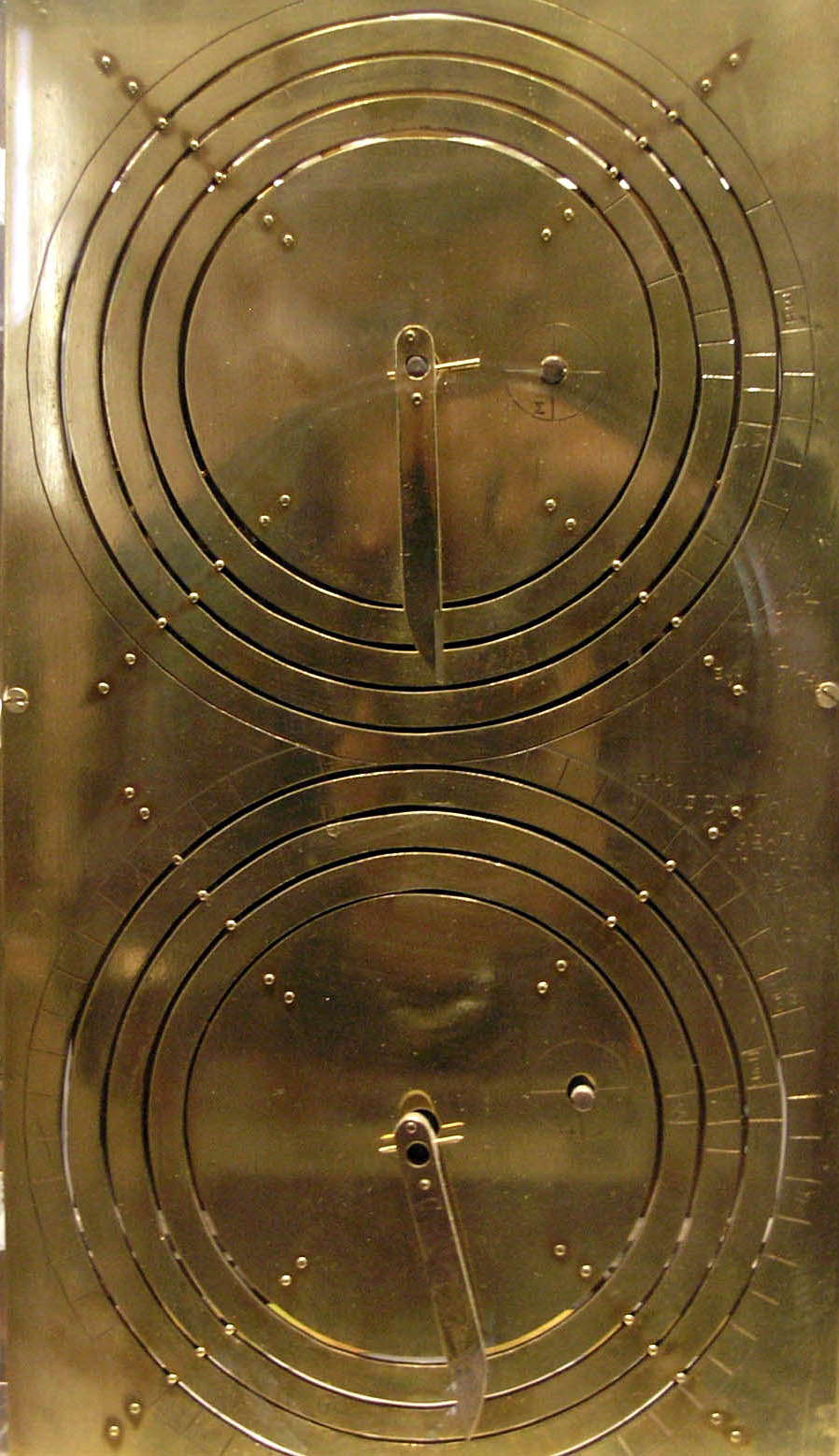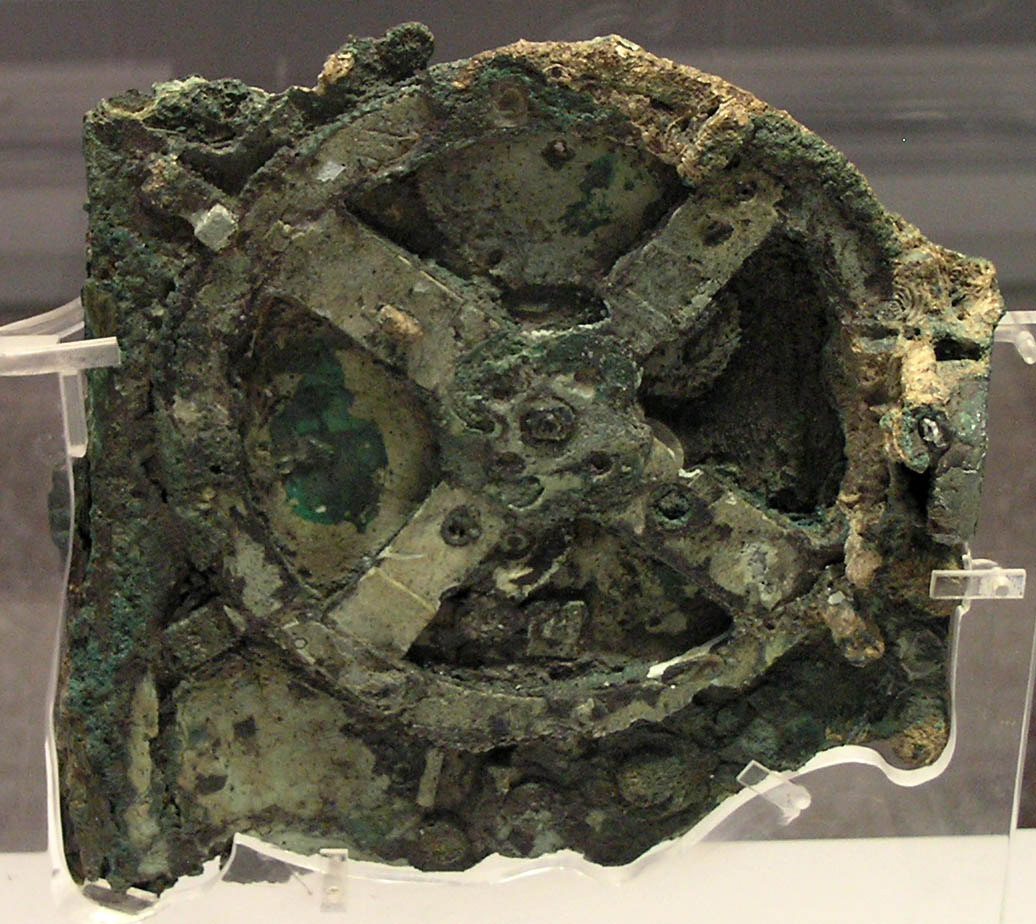Did the Ancient Greeks Use Computers?
It is well known that many ancient civilizations used astronomy to track the days and months. But could any have created a machine that predicts the movements of the cosmos with computer-like accuracy? In the case of the Greeks, the answer is remarkably, yes.
In 1901, a group of deep-sea divers discovered a Roman shipwreck (dated to around 70 B.C.) near Antikythera, a small island off the southern coast of Greece. Among the treasures was a small rusted machine that once contained a complex array of cogs and wheels. The purpose of this mysterious device, dubbed the Antikythera mechanism (pronounced anti-ki-THEER-a), proceeded to baffle scientists for the better part of the 20th century. Some even speculated that it came from an alien spaceship or that it might have been used for time travel.
 But recent developments in X-ray tomography – a system of imaging that uses waves of energy to reveal sophisticated, 3-dimensional views of a target – have allowed scientists to capture detailed images of the Antikythera. They now believe it was created between 150-100 B.C., and used to predict a wide range of calendar events, from solar and lunar eclipses to the 4-year cycle of the Olympic games. Its elaborate design — aspects of which were not to be seen for at least the next thousand years – is particularly stunning. Some of the most intricate parts even rival those of 18th-century clockmakers!
But recent developments in X-ray tomography – a system of imaging that uses waves of energy to reveal sophisticated, 3-dimensional views of a target – have allowed scientists to capture detailed images of the Antikythera. They now believe it was created between 150-100 B.C., and used to predict a wide range of calendar events, from solar and lunar eclipses to the 4-year cycle of the Olympic games. Its elaborate design — aspects of which were not to be seen for at least the next thousand years – is particularly stunning. Some of the most intricate parts even rival those of 18th-century clockmakers!
Clearly, when it came to engineering, the ancient Greeks were also ancient Geeks.
For a more detailed view of the Antikythera mechanism, including 3D models of what it might have originally looked like, check out this amazing video:
Filed under: Computer, e-News, Explore Engineering
Tags: Engineering in History, Gadgets, Museums









